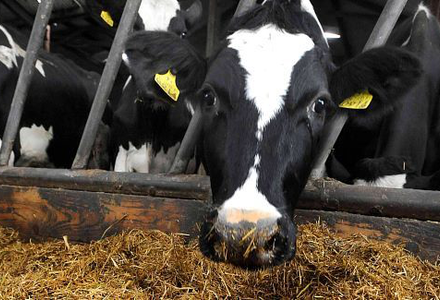What level of losses can I expect when making and feeding silage?
The total losses arise from a number of sources, the relative importance of which depends on the crop DM. For instance, with wet crops effluent is important but with higher DM crops aerobic spoilage losses can be very high.
The largest potential losses are from aerobic spoilage, mainly at feedout. Provided a good fermentation has taken place fermentation losses are small. If you do everything properly you can still expect total losses of 10-15% but if you do not pay attention to detail you could easily have losses of over 30%. Silage that has undergone significant aerobic deterioration can result in total losses above 50% but as much of these losses are invisible carbon dioxide this is often not realised on farm.
| Range (%) | |
| Field | 2-10 |
| Fermentation | 10-15 |
| Effluent | 0-5 |
| Aerobic spoilage | 10-30 |
| Total | 20-50 |
Well managed system
 In Germany, Honig was able to relate dry matter losses to temperature increase for crops of different dry matters. He found that with a 30% DM crop there was a 0.23% loss in DM for every 1°C increase in temperature above ambient.
In Germany, Honig was able to relate dry matter losses to temperature increase for crops of different dry matters. He found that with a 30% DM crop there was a 0.23% loss in DM for every 1°C increase in temperature above ambient.
Based on this, for a 30% DM silage the following losses can be calculated:
| DM Loss (%) | |||
| Increase in temperature (°C) | Days heating | ||
| 3d | 5d | 7d | |
| 5 | 3 | 5 | 7 |
| 10 | 6 | 10 | 14 |
| 15 | 9 | 15 | 21 |
